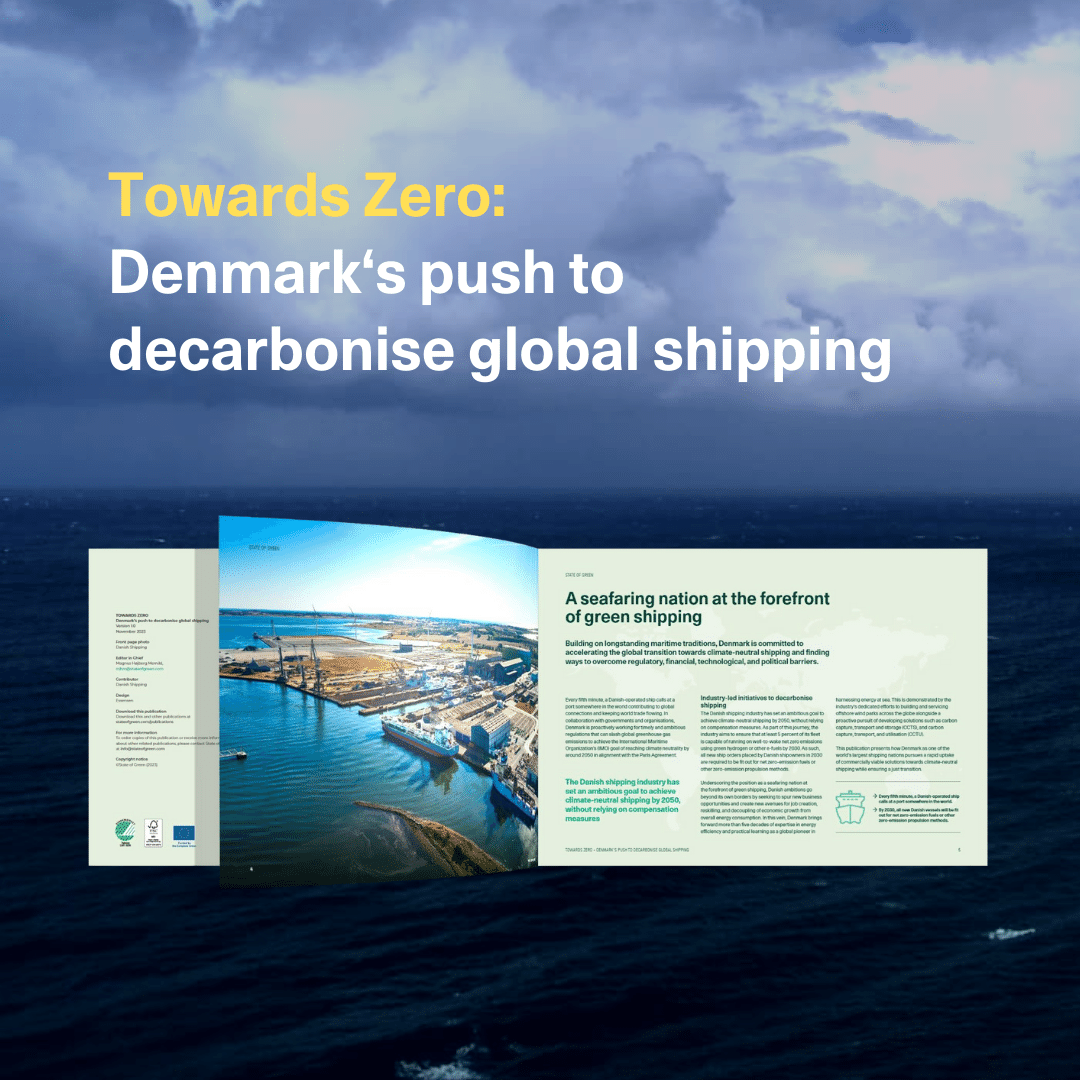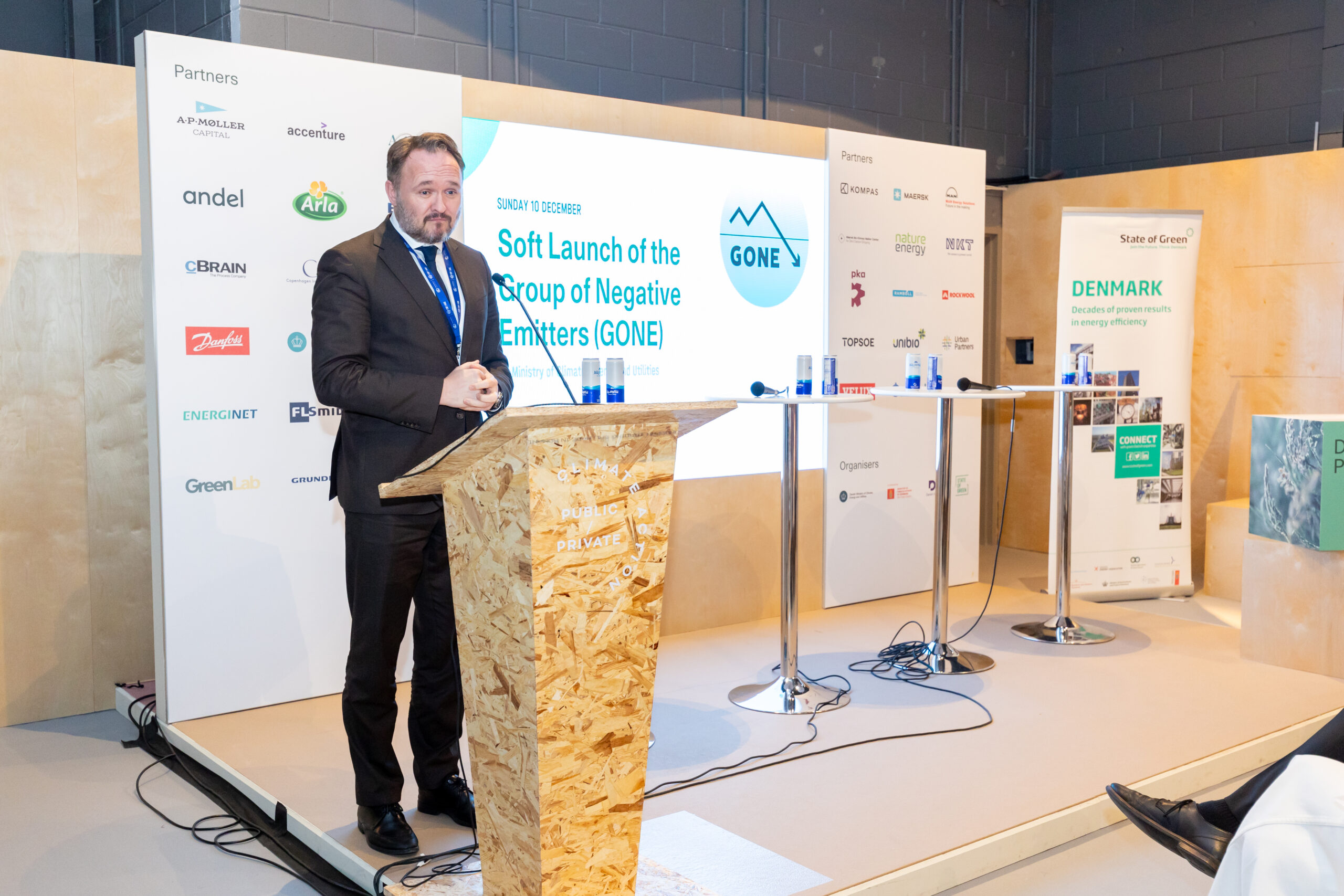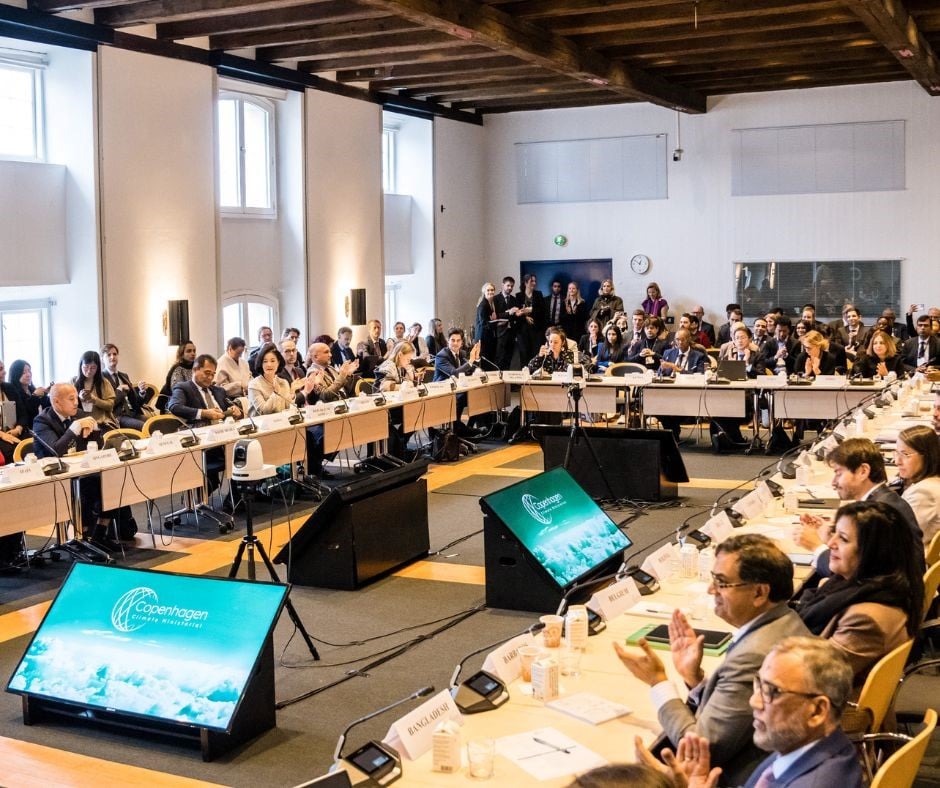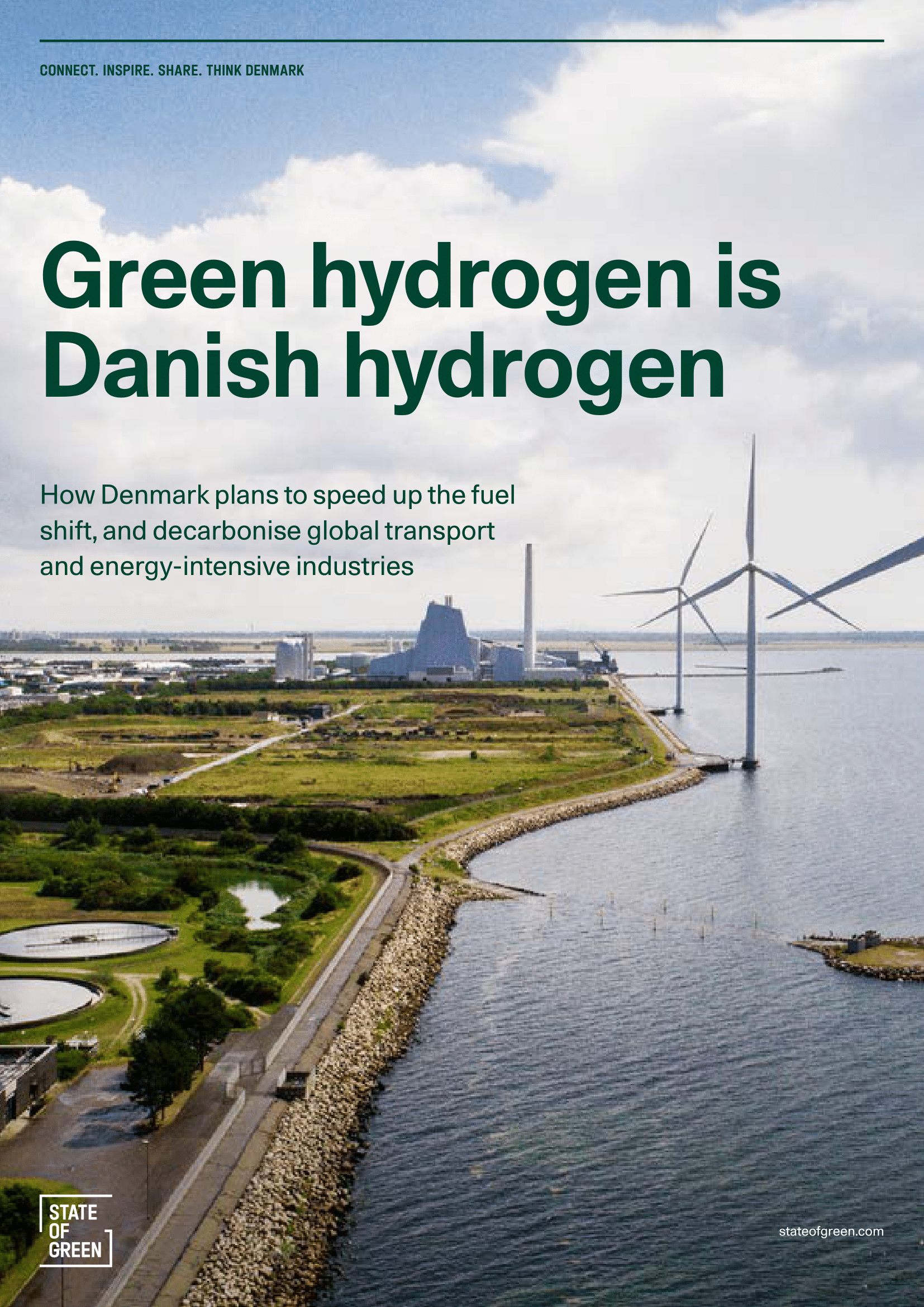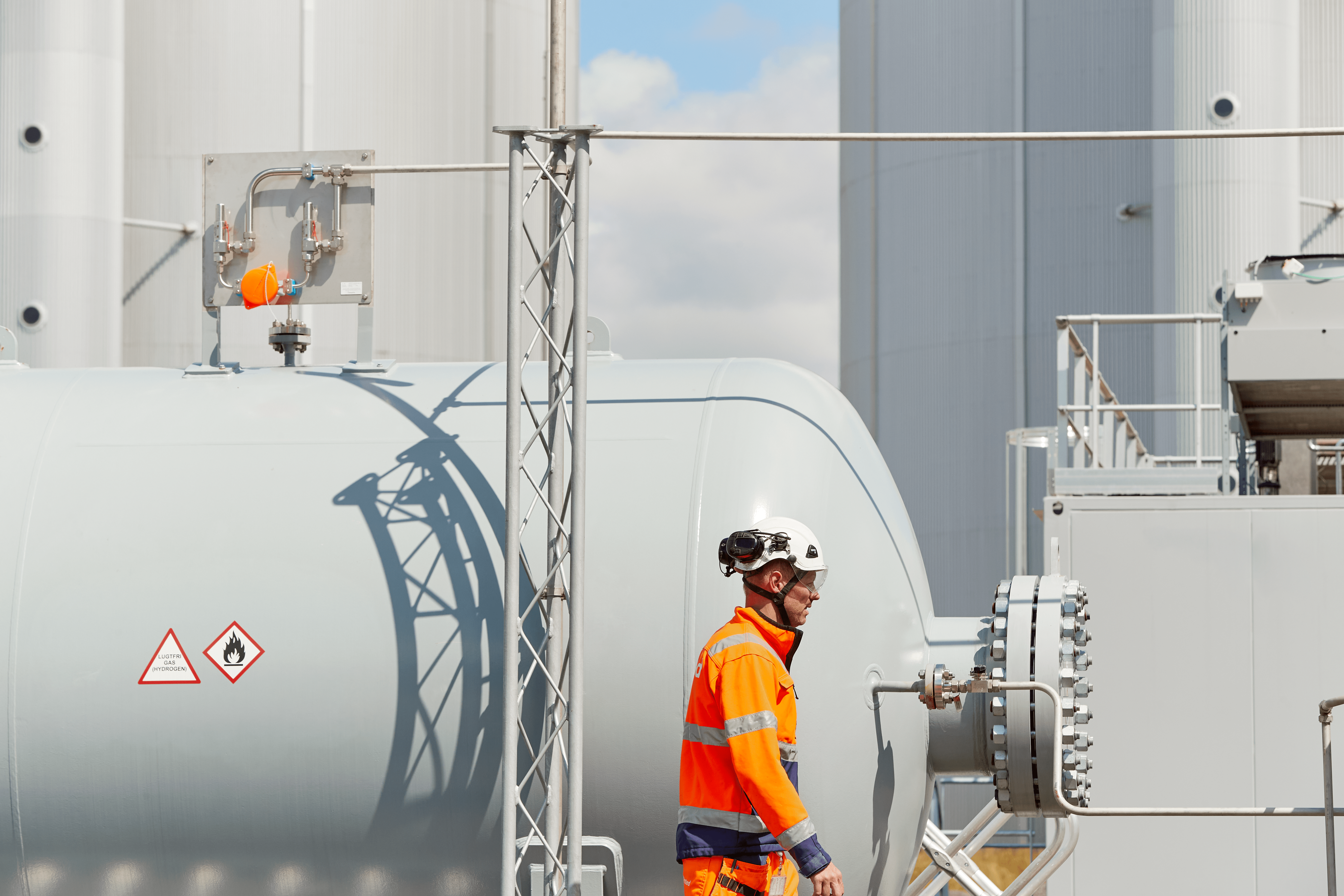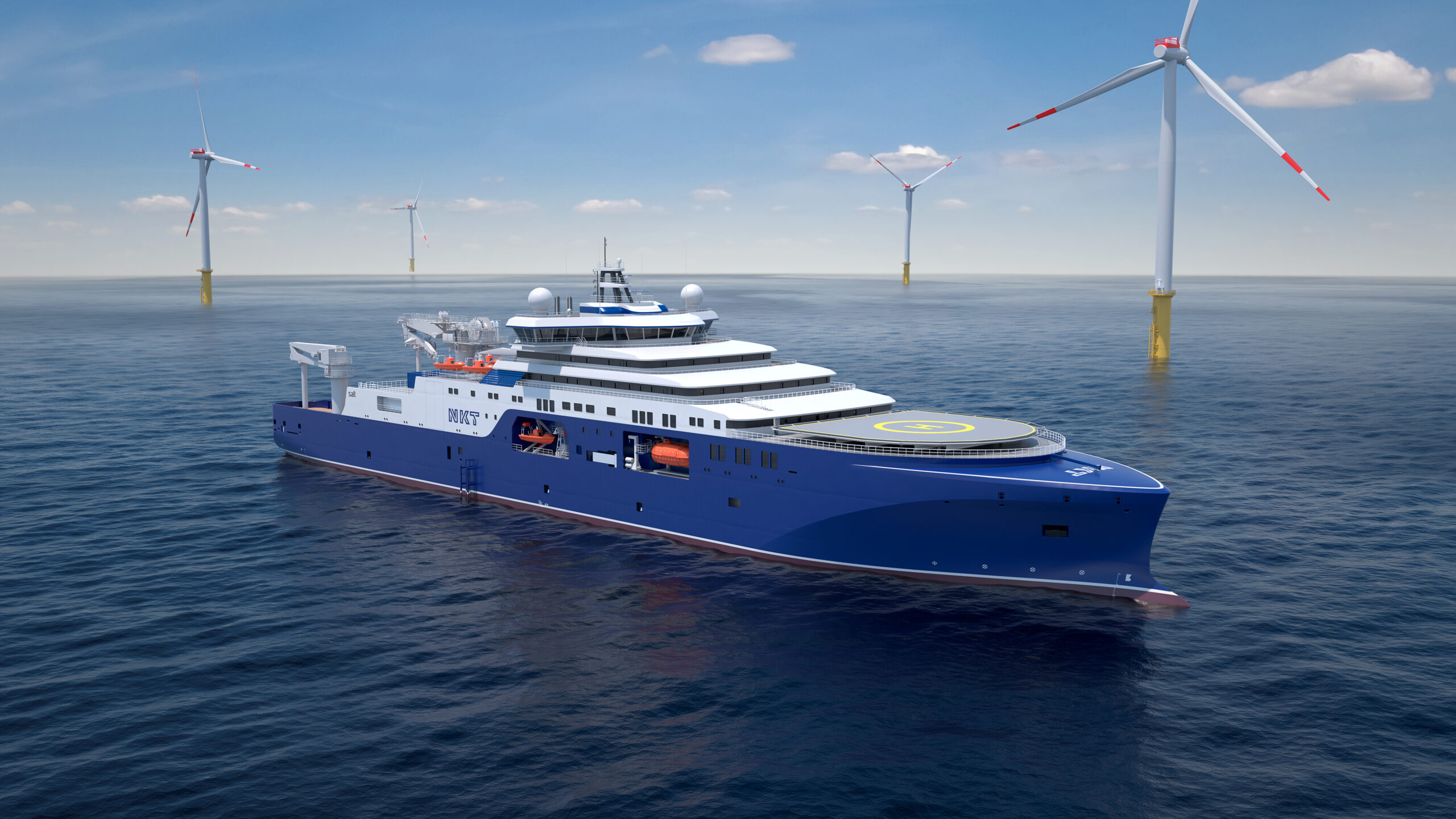News
Air pollution
Clean air in transportation
Energy storage
+3
The world’s largest battery-powered passenger ferries set sail
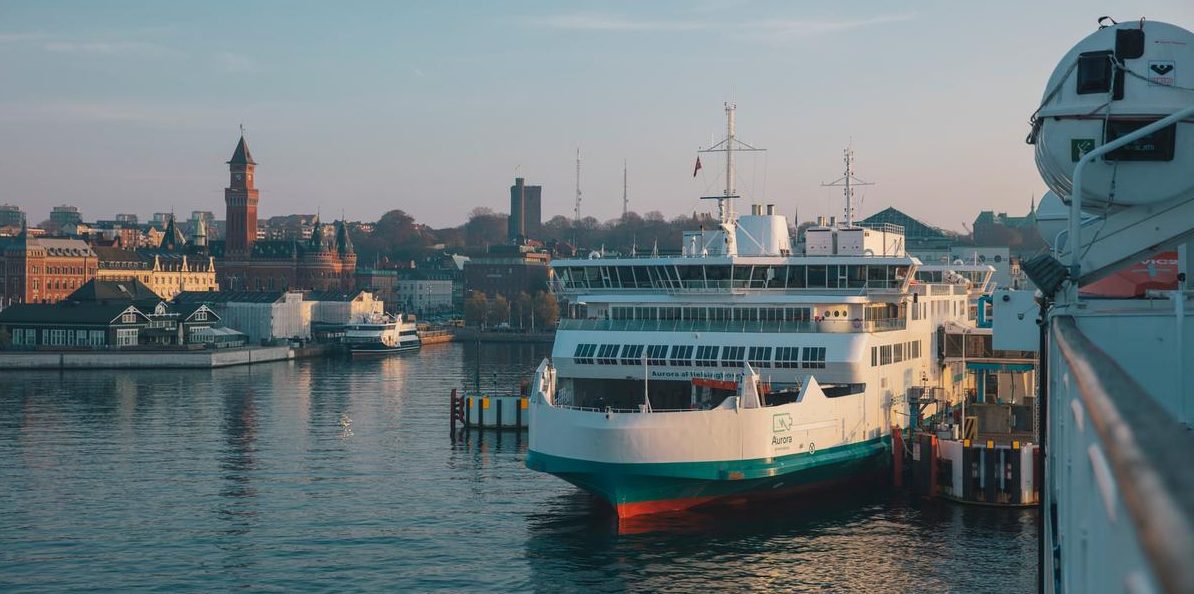

Operating daily at fifteen minute intervals no matter what the weather is like, the Aurora and Tycho Brahe will ferry private and commercial passengers across the narrowest part of the Øresund strait from the Danish town of Helsingør to its sister town in Sweden, Helsingborg.
The batteries powering the ferries are recharged using electricity from renewable sources such as wind, water and the sun. Doing so avoids harmful emissions.
“The launch marks a milestone in ForSea Ferries green strategy. The ambitious project means that the company’s combined CO2, NOx and particle emissions will be reduced by 65 percent when the the two high frequency ferries will only sail using green electricity. Its good news for the environment in and around the Oresund, as well as for customers and citizens in our local area. Furthermore, it shows that with decisiveness and the will to invest, one can achieve substantial goals – also on the environment front”, says the CEO of ForSea Ferries, Johan Röstin.
The project took over three years to complete with a financial framework of approximately EUR 29 million – the largest stand-alone investment ever undertaken by ForSea Ferrier. In addition, it received approximately EUR 12 million in funding from the European Union’s Innovation and Nextworks Executive Agency (INEA).
-Related solution: ABB delivers the first urban battery storage solution in Denmark to support renewables
Robot technology ensures speedy turnaround times
The ferries are recharged at automated, onshore charging points, where industrial robots in both ports manage the process and maximise the charging time, thereby ensuring each ferry’s 640 batteries can be efficiently charged within just a few minutes.
The two ferries have a combined battery power of 8,320 kWh, an amount that is equivalent to 10,700 batteries. The batteries are installed on the top of the ferries, together with two deckhouses that consist of transformers, converters and refrigeration equipment. Cables are plugged into connection points located at each end of the ferries, so that the batteries can swiftly and easily be recharged when they arrive at either Helsingør or Helsingborg.
Pioneer project
”We have completed a pioneering project and even though it has been challenging at times, it’s been worth it. Our employees and partners have contributed massively to ensure the new technology functions effectively. At the same time, our owners and INEA maintained faith in the project and supported it throughout the entire process. Today’s result is the culmination of joint efforts that we can justifiably be proud of and celebrate, says Johan Röstin.
Both the governments of Sweden and Denmark have ambitious climate goals. Sweden is aiming to achieve carbon neutrality by 2045 and Denmark aims to completely cease using fossil fuels by 2050. ForSea Ferries is confident it can achieve these objectives ahead of schedule.
”We only have one planet and one of the ways that the shipping industry can contribute to a sustainable world is by taking care of the ocean environment”, continues Johan Röstin.
”We have always been conscious of the environment and since 2007 we have abided by the emissions rules that entered into force in 2015. With our battery-powered ferries we’re taking a giant step forwards to ensure fewer emissions, smog and noise. What’s more is that we’re not compromising on efficiency. Thanks to groundbreaking technology and our many talented employees the trip between Helsingør and Helsingborg will continue to take only 20 minutes – the same as it always has”.
On Saturday November 10th, passengers were will invited on a free sail trip on the company’s ferries to celebrate the new battery-powered vessels.
-Sources: Energy Supply DK, ForSea Ferries
-Photo credit: Anders Ebefeldt, ForSea Ferries
